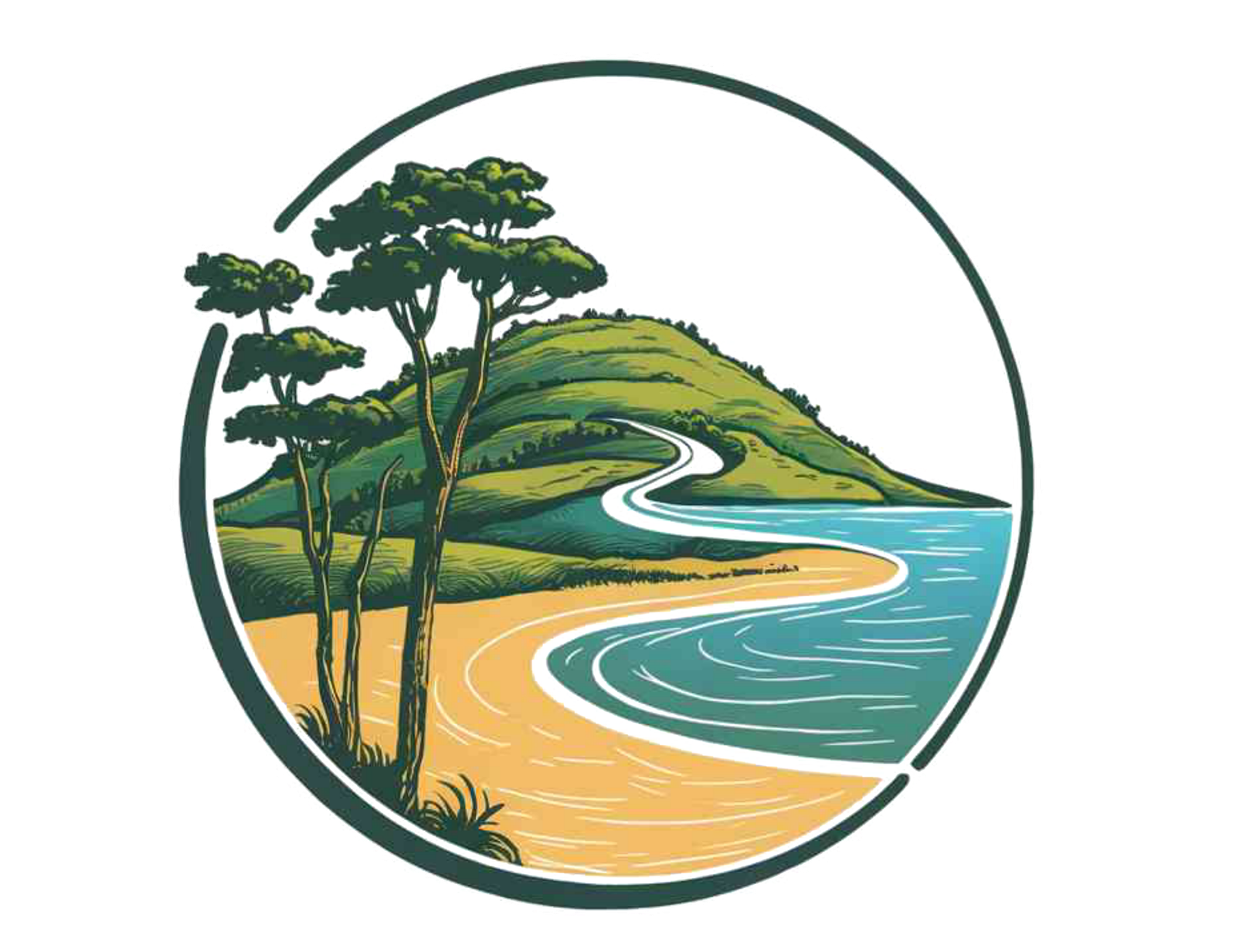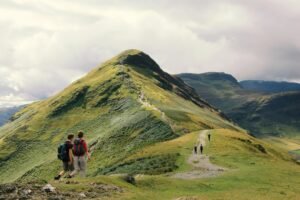Enchanting Bryce Canyon National park
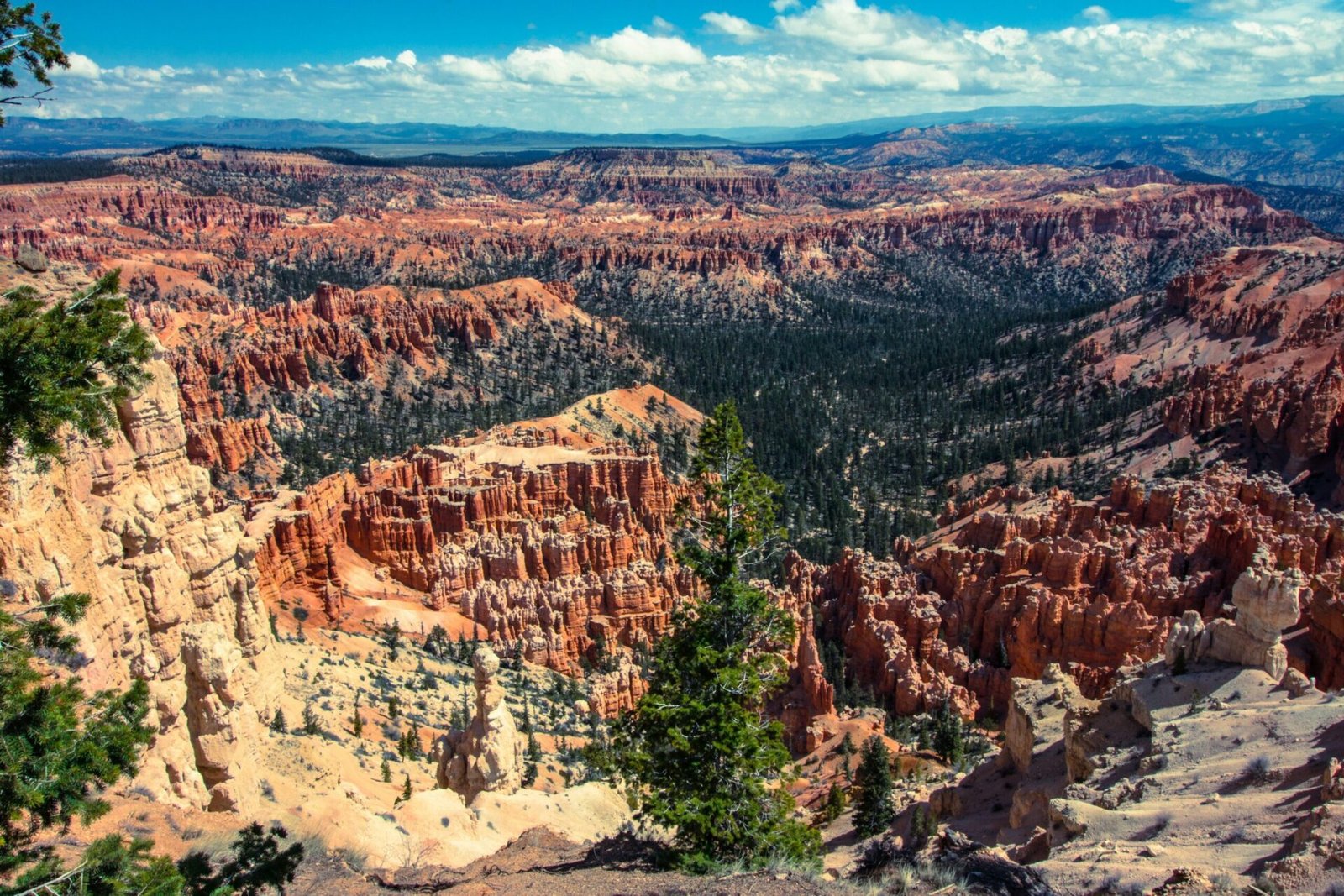
Bryce Canyon National Park, established in 1928, protects nearly 36,000 acres of unique geological formations and stunning landscapes. The park’s iconic hoodoos, created through millions of years of erosion, are unlike anything else in the world. Visitors can explore the park’s various amphitheaters, trails, and viewpoints, each offering a unique perspective of this natural wonder.
Why Should a Traveler Visit Bryce Canyon National Park?
Bryce Canyon National Park is a dream destination for travelers seeking surreal landscapes and outdoor adventures. As I ventured into the park, I was immediately captivated by its unique geological formations, known as hoodoos, which rise like ancient totems from the canyon floor. The vibrant colors of the rock, ranging from deep reds to bright oranges and soft pinks, create a mesmerizing panorama that feels otherworldly. Whether you’re an avid hiker, a photography enthusiast, or someone who simply appreciates the beauty of nature, Bryce Canyon offers an unforgettable experience.
Seasonal Beauty of Bryce Canyon National Park
Each season at Bryce Canyon transforms the landscape, providing a different but equally stunning backdrop for exploration:
Spring (March to May):
Spring is a beautiful time to visit Bryce Canyon. The snow starts to melt, giving way to blooming wildflowers and fresh greenery. The temperatures are mild, making it perfect for hiking and sightseeing.
Summer (June to August):
Summer is the most popular season, with warm days and cool nights. The park is bustling with visitors, but the long daylight hours allow for extensive exploration. Be prepared for occasional thunderstorms in the afternoons.
Fall (September to November):

Fall is my favorite time to visit Bryce Canyon. The temperatures are cooler, the crowds thin out, and the fall foliage adds a splash of color to the already stunning landscape.
Winter (December to February):
Winter transforms Bryce Canyon into a magical wonderland. The snow-covered hoodoos are a sight to behold. Although some trails may be closed due to snow, it’s a peaceful time to visit, and you can enjoy activities like snowshoeing and cross-country skiing.
You can explore the beauty of Bryce Canyon in any season according to your choice. Summer is the crowded season while fall offers cool weather with less crowd.
Ways to take a trip to Bryce Canyon

Bryce Canyon National Park is located in southern Utah, and there are several ways to get there:
By Car:
The park is easily accessible by car. From Las Vegas, it’s about a 4.5-hour drive and about a 4-hour drive from Salt Lake city. You can drive from the south of through Zion National Park which is a very scenic route in the summer and early fall.
By Air:
The closest major airports are McCarran International Airport (LAS) in Las Vegas and Salt Lake City International Airport (SLC). Approximately 270 miles from the park. Both airports offer car rental services, which is the most convenient way to reach the park.
By Public Transport:
There is no direct public transportation to the park. However, you can take a bus or shuttle to nearby towns like Panguitch or Tropic and then rent a car or take a local shuttle to the park.
A big surprise is, the free Bryce Canyon Shuttle Service takes visitors to the popular viewpoints, trails, and places of the park
Accommodation Options
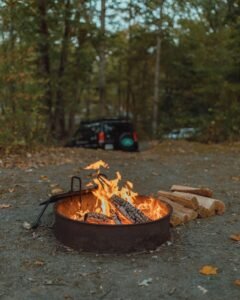
Bryce Canyon National Park and its surrounding areas offer a range of accommodation options to suit different preferences and budgets:
Camping: The park has two campgrounds, North Campground and Sunset Campground. Both offer tent and RV sites with basic amenities. Reservations are recommended during peak season.
Lodging within the Park: The Bryce Canyon Lodge, open from April to October, provides comfortable rooms and cabins close to the Bryce Amphitheater. The lodge also offers dining options and easy access to the park’s main attractions.
Nearby Accommodations: Bryce Canyon City, Tropic, and Panguitch offer a variety of hotels, motels, and bed-and-breakfasts.
You should be aware before choosing an accommodation :
Here are some tips for visitors to make their accommodation best:
- Book your campsite early.
- Reserve your room well in advance, especially during the busy summer season.
- Look for accommodations that provide easy access to the park entrance and amenities such as breakfast or shuttle services
- Look for a nearby accommodation to enjoy all the beauty and save your time.
Recreational pleasures in Bryce Canyon
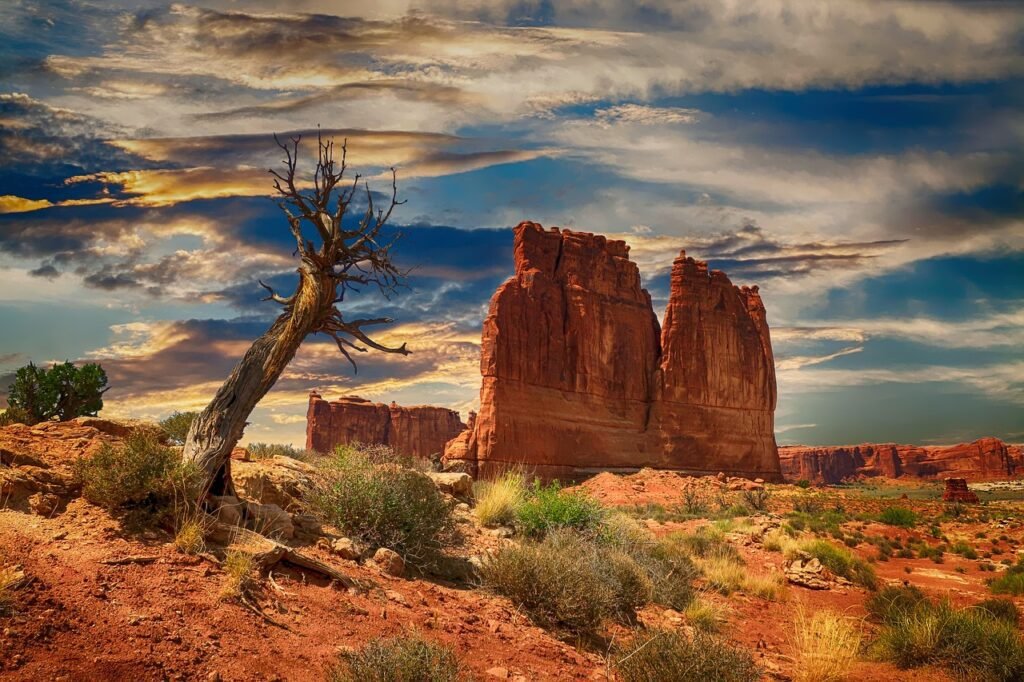
Bryce Canyon National Park offers a variety of outdoor activities that cater to all types of adventurers:
Hiking:
The park features numerous trails ranging from easy walks to challenging hikes. The Navajo Loop and Queen’s Garden Trail combination is a must-do for anyone visiting the park.
Photography:
With its stunning landscapes and unique rock formations, Bryce Canyon is a photographer’s paradise. Sunrise and sunset offer the best lighting for capturing the park’s beauty.
Stargazing:
Bryce Canyon is known for its dark skies, making it an excellent destination for stargazing. On a clear night, you can see the Milky Way and countless stars.
Wildlife Viewing:
The park is home to various wildlife, including mule deer, prairie dogs, and numerous bird species. Early morning and late afternoon are the best times for wildlife spotting.
Horseback Riding:
Guided horseback rides are available during the summer months, offering a unique way to explore the park’s trails.
Snowshoeing and Cross-Country Skiing:
In winter, you can enjoy snowshoeing and cross-country skiing on designated trails. The snow-covered landscape provides a serene and beautiful setting for these activities.
Must-See Attractions of the Park
Bryce Canyon National Park is home to numerous attractions that are sure to captivate any visitor:
Bryce Amphitheater:
The Bryce Amphitheater is the park’s most iconic and visited area. Sunrise Point, Sunset Point, Inspiration Point, and Bryce Point all offer breathtaking views of the hoodoos. Watching the sunrise or sunset here is a truly magical experience.
Navajo Loop Trail:
This popular trail takes you down into the heart of the Bryce Amphitheater. Hiking among the towering hoodoos and through Wall Street, a narrow slot canyon, was one of the highlights of my visit.
Queen’s Garden Trail:
This is the easiest trail descending into the canyon and is often combined with the Navajo Loop for a longer hike. The rock formations here resemble various shapes, including a formation that looks like Queen Victoria.
Fairyland Loop Trail:
For a more strenuous hike, the Fairyland Loop offers an 8-mile journey through less crowded areas of the park. The varied scenery and quieter trails make it a favorite among seasoned hikers.
Bryce Point:
Offering one of the most expansive views of the Bryce Amphitheater, Bryce Point is a must-visit. The panoramic views at sunrise are particularly breathtaking.
Mossy Cave:
Located on the northern edge of the park, the Mossy Cave Trail is an easy hike that leads to a waterfall and a mossy grotto. It’s a great spot for a short, scenic hike.
Cost Analysis
Visiting Bryce Canyon National Park is relatively affordable, but it’s important to budget for entrance fees and other expenses:
- Entrance Fees: $35 per vehicle, $30 per motorcycle, and $20 per individual (hiking or biking) for a 7-day pass. An annual pass is available for $70.
- Camping Fees: North Campground and Sunset Campground charge $20 per night for tent sites and $30 per night for RV sites.
- Lodging: Rates at Bryce Canyon Lodge range from $150 to $250 per night, depending on the season and room type.
- Tour Fees: Guided horseback rides and ranger-led programs may have additional fees.
Helpful Suggestions For Your Journey:
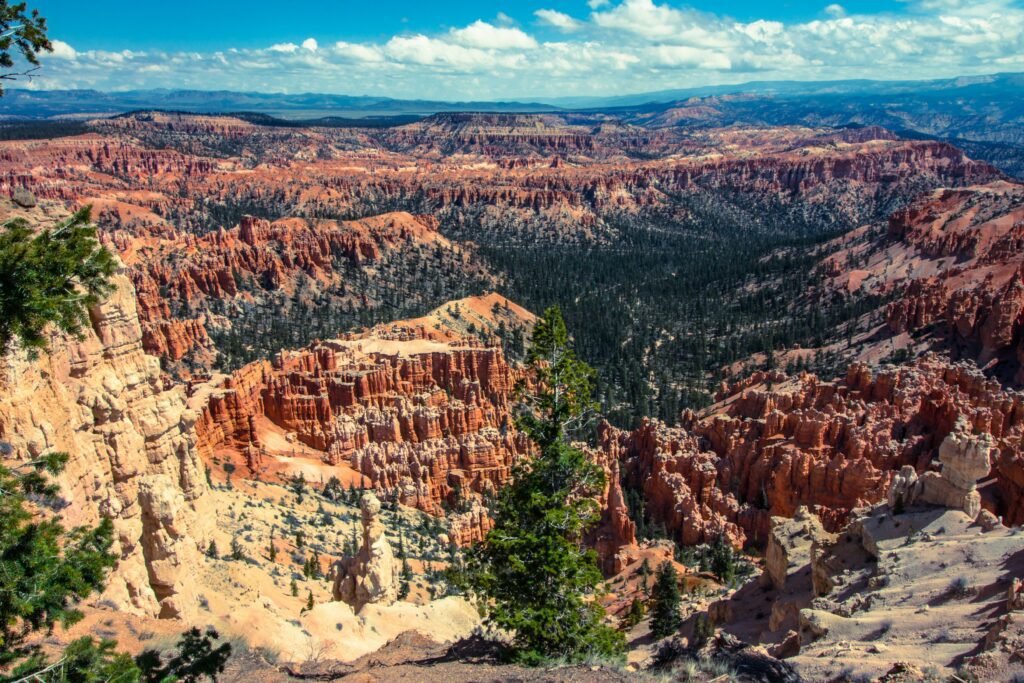
Here are some essential tips to ensure a safe and enjoyable visit:
- Make reservations for lodging, camping, and tours well in advance, especially during peak season.
- Dress in layers to accommodate changing weather conditions.
- Carry plenty of water, especially during the hot summer months.
- Do not touch or climb on the hoodoos.
- Follow all posted signs and ranger instructions to help preserve these natural wonders.
- Bring sunscreen, a hat, and sunglasses to protect yourself from the sun.
- A first aid kit and snacks are also recommended.
- Start your visit at the Bryce Canyon Visitor Center to get maps, information, and tour tickets. Rangers can provide valuable advice and updates on park conditions.
- Visit popular sites early in the morning or late in the afternoon to avoid crowds and enjoy cooler temperatures.
- Be aware of wildlife, including rattlesnakes.
- Stay on designated trails and watch for signs of altitude sickness, as the park is at a high elevation.
Bryce Canyon National Park offers an extraordinary adventure for travelers of all kinds. From its otherworldly hoodoos and breathtaking vistas to its diverse outdoor activities and serene beauty, the park provides an experience that is both exhilarating and inspiring. Whether you’re hiking the trails, capturing the landscape through your camera lens, or simply soaking in the views, Bryce Canyon promises an unforgettable journey.
So pack your bags, plan your trip, and get ready to explore the enchanting landscapes of Bryce Canyon National Park. Your ultimate adventure through nature’s masterpiece awaits!
